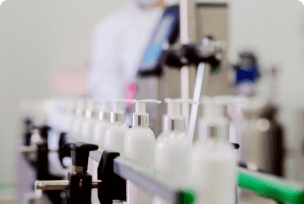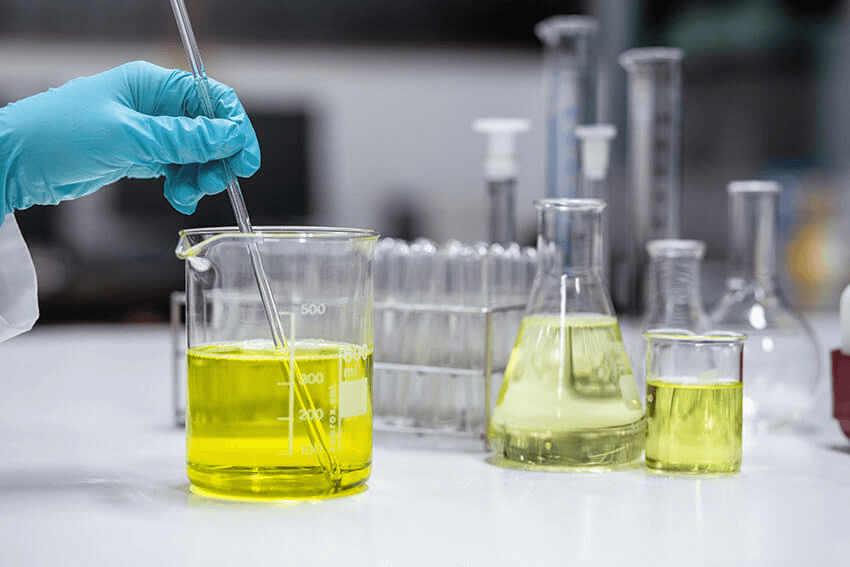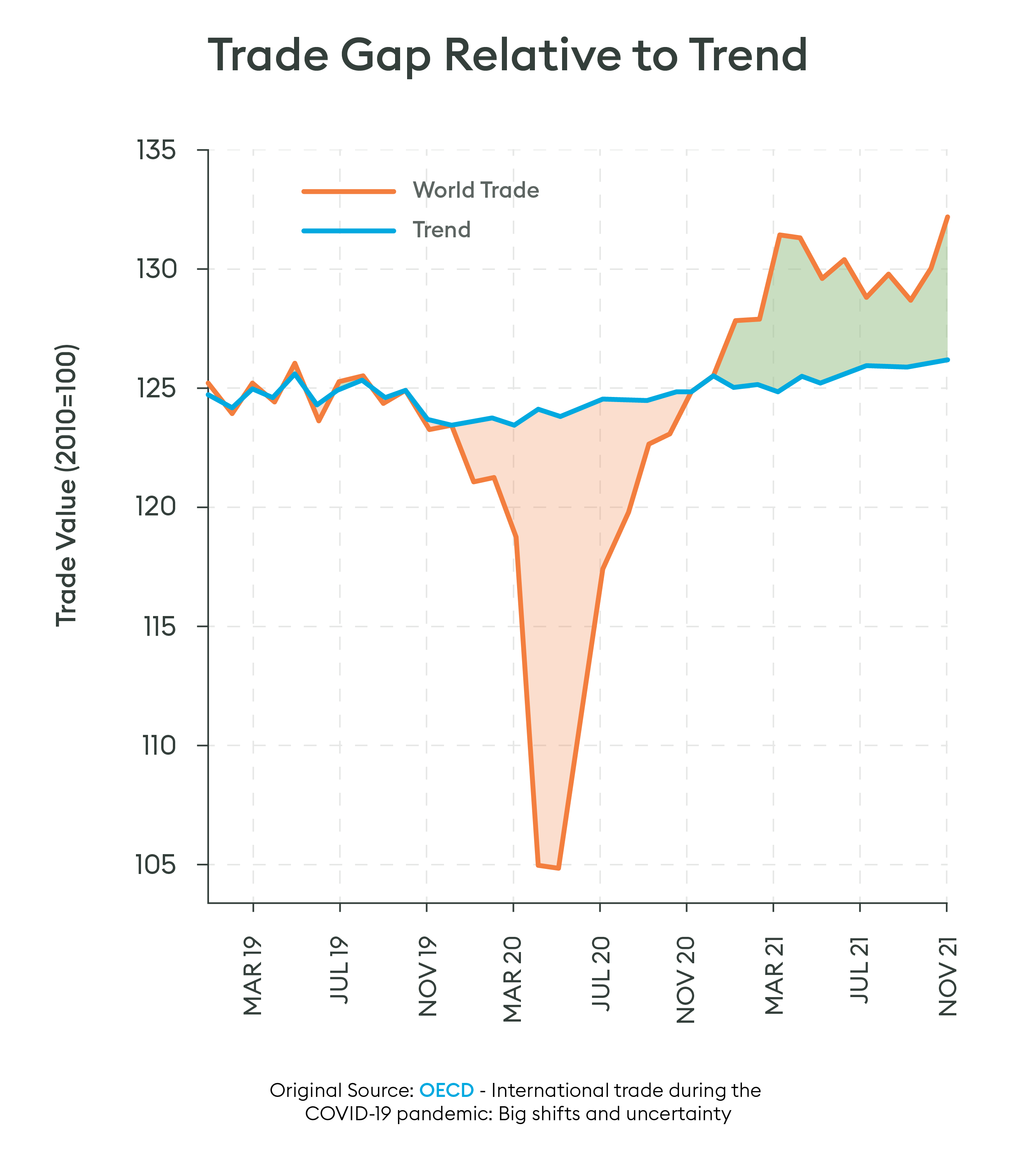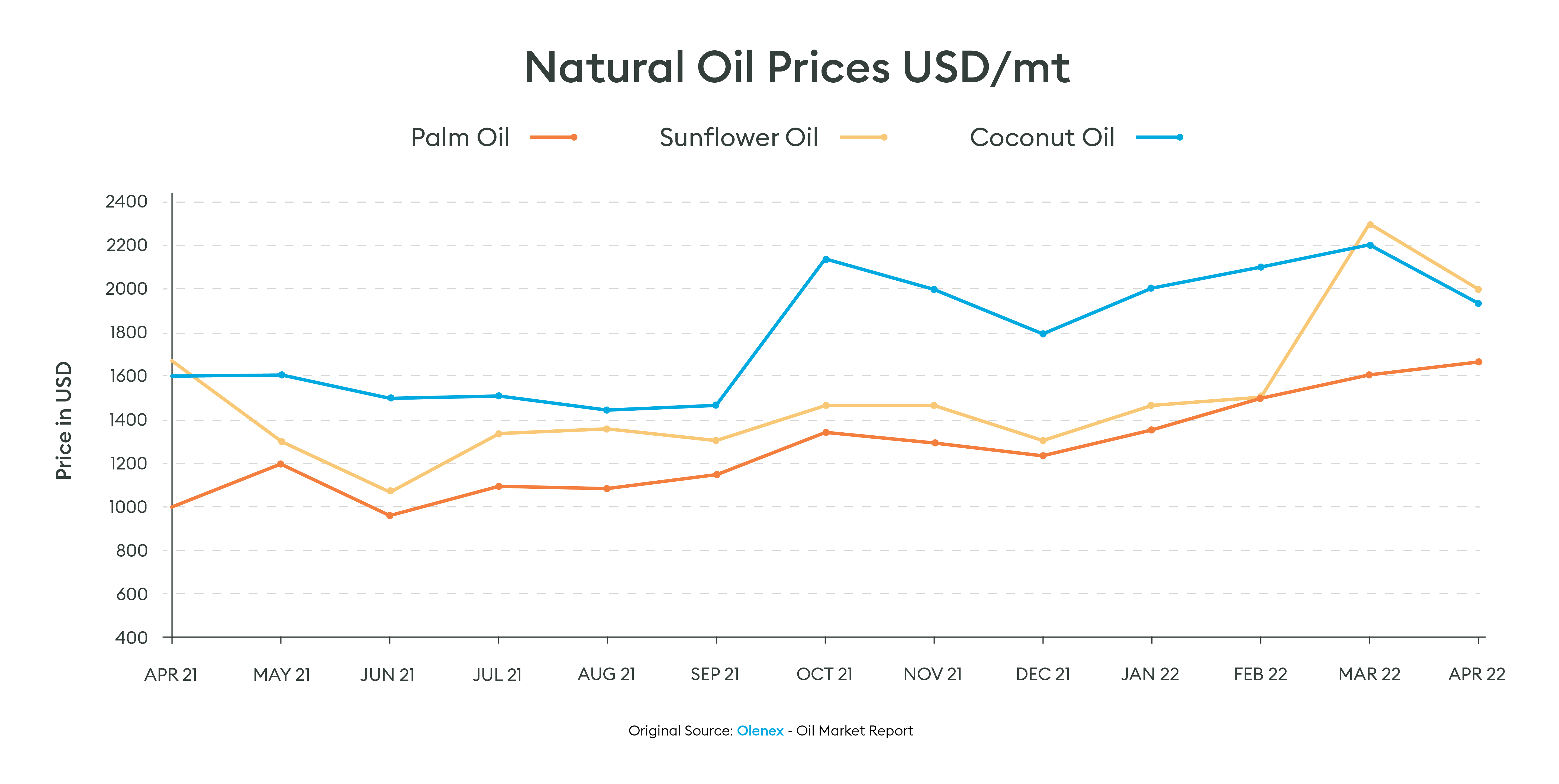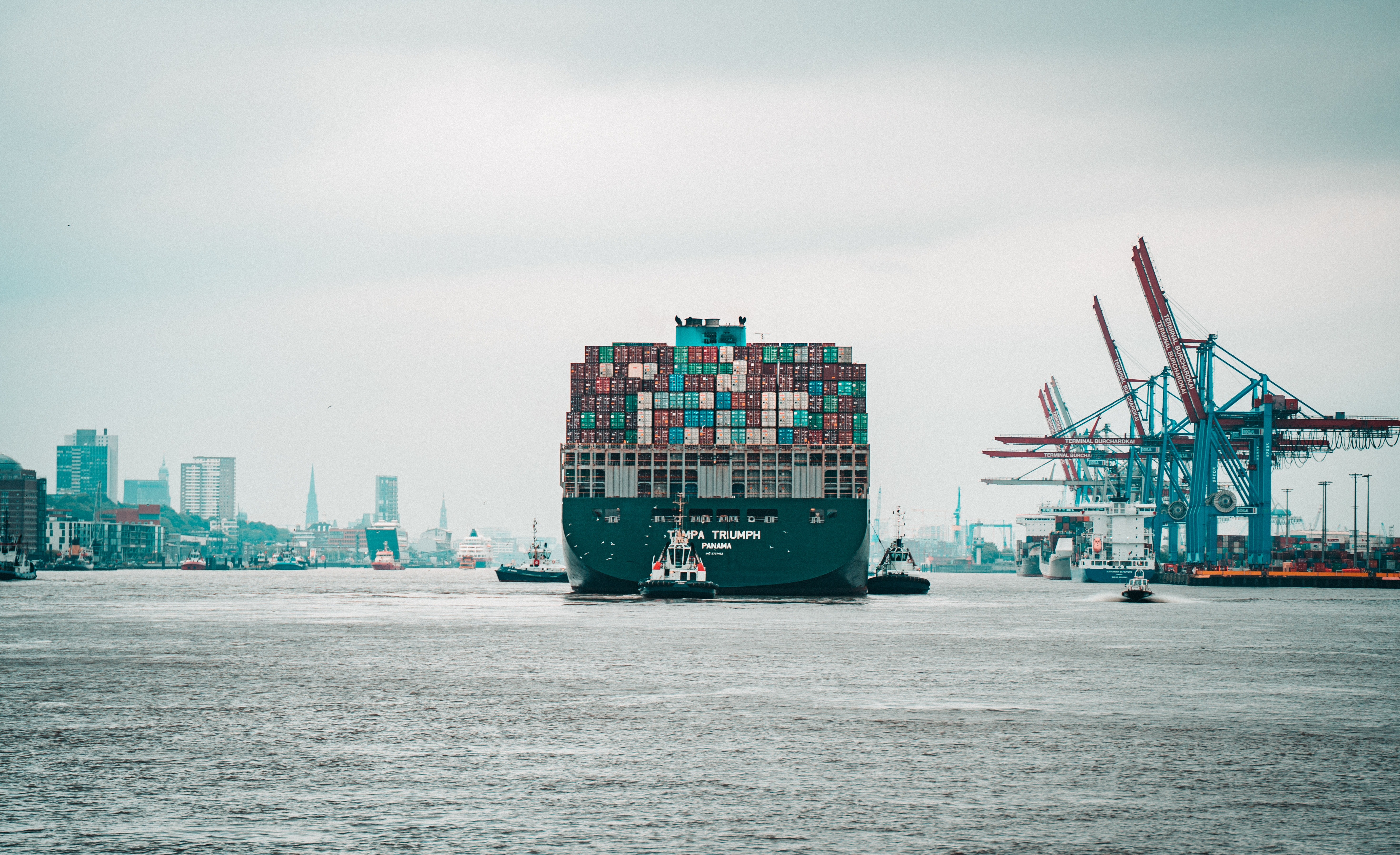A clear parallel would be the automotive market, specifically cars. At the start of the pandemic, as many countries went into lockdown, there was a significant reduction in car use and car purchases. The demand for new vehicles slumped, and manufacturing decreased. When countries came out of lockdown and began to recover, there was a surge in car purchases. Demand increased, but the original supply ground to a halt meaning a backlog, long lead times and increased retail prices. Along with this came other challenges, computer chips were suddenly in high demand, but production could not increase any further. The result essentially meant customers were waiting months, if not years, for their new car. As demand surged and car parts became harder to source, prices increased. The knock-on effect was the second-hand car market boomed.
We've given a snapshot of a much bigger picture, giving some context on why market prices continue to increase. To understand the effect on the Personal Care market, we need to understand how this has specifically affected the raw materials we use to make our products.













